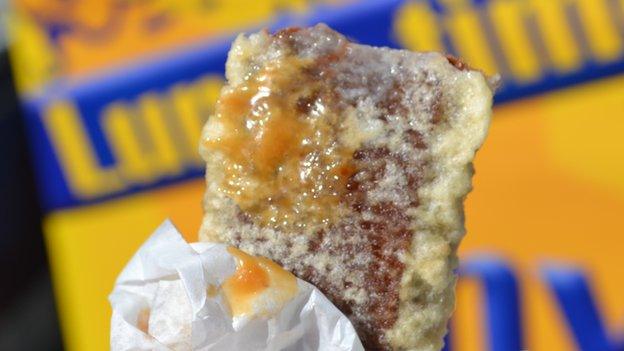From Mars Bars to Thunderbirds: Eight things Slough gave the world
- Published
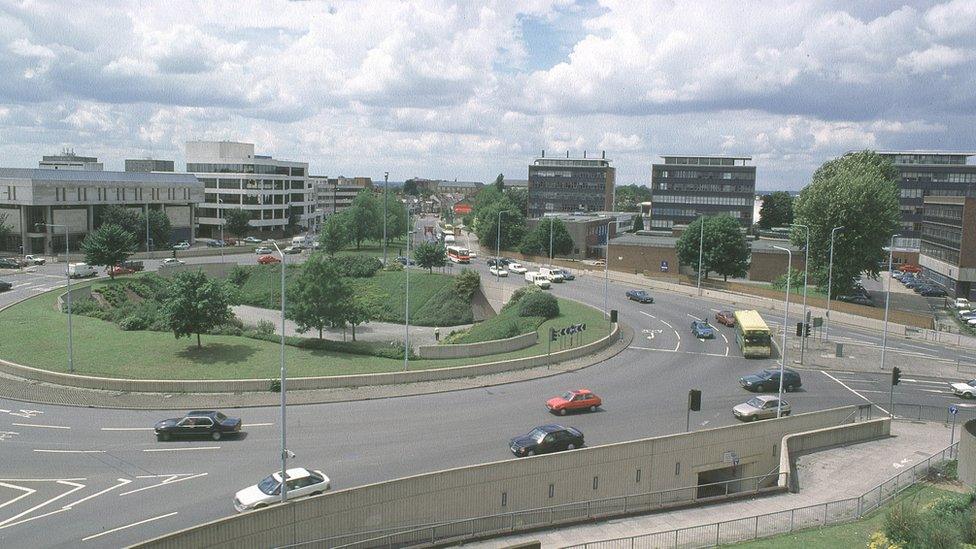
One of Slough's best known landmarks until it was bulldozed in 2011, the Brunel roundabout featured in the opening credits of The Office
Slough has often been given a rough old time in popular culture - famously drawing the ire of poet John Betjeman and providing the drab, grey and soulless setting for Ricky Gervais's BBC sitcom The Office.
But it has done more for the nation - and indeed the world - than might first be apparent.
To celebrate the 80th anniversary of this much maligned Berkshire town receiving its Royal Charter, BBC News has examined the debt of gratitude we all owe Slough.
The Mars Bar

Generations of dentists have reasons to be grateful to Forrest Mars and his eponymous creation
Ah, I hear you say, but Mars is an American company. You would be right, but the bar that bears the name of its owner and a confectionery empire was actually born in Berkshire.
Founder Frank Mars gave his son Forrest the money to set up his own chocolate business in the UK in 1932, and the younger Mars ended up in Slough, where he came up with the nougat and caramel-filled treat.
That started the Mars company as we know it. The firm is still in Slough to this day, and developed the Twix, Maltesers, Topic and Starburst (formerly Opal Fruits) brands here.
Snooker
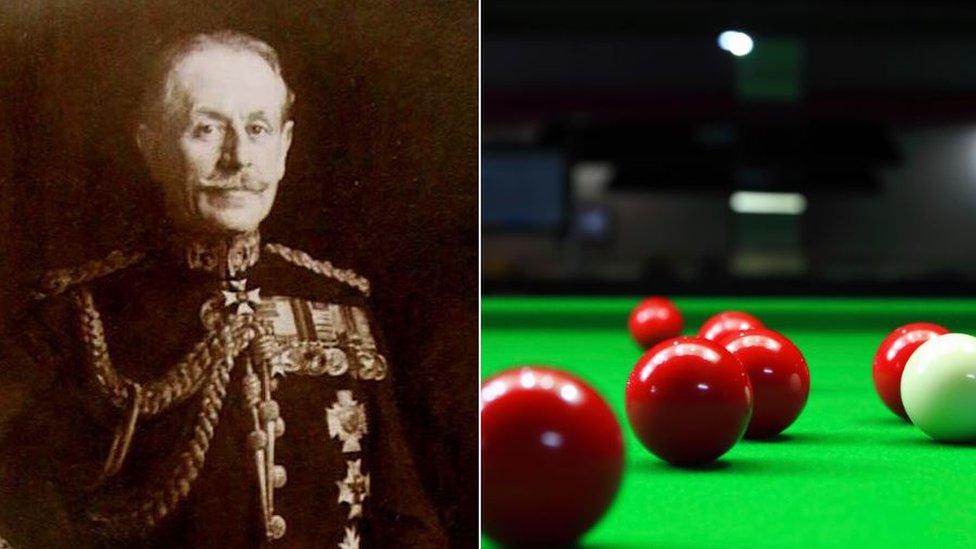
Sir Neville Francis Fitzgerald Chamberlain had various postings throughout India, and introduced the game wherever he went
You might already know that the game of snooker was invented by a young officer in the British army posted to India more than 140 years ago.
But did you realise the man behind the sport was a Slough native?
Neville Chamberlain (not that one) was born in Upton Park in 1856, and created snooker by combining two forms of pocket billiards games.
The name is thought to be derived from army slang for a new cadet - a "snooker" - perhaps in reference to the rawness of play by one of Chamberlain's fellow officers.
The zebra crossing
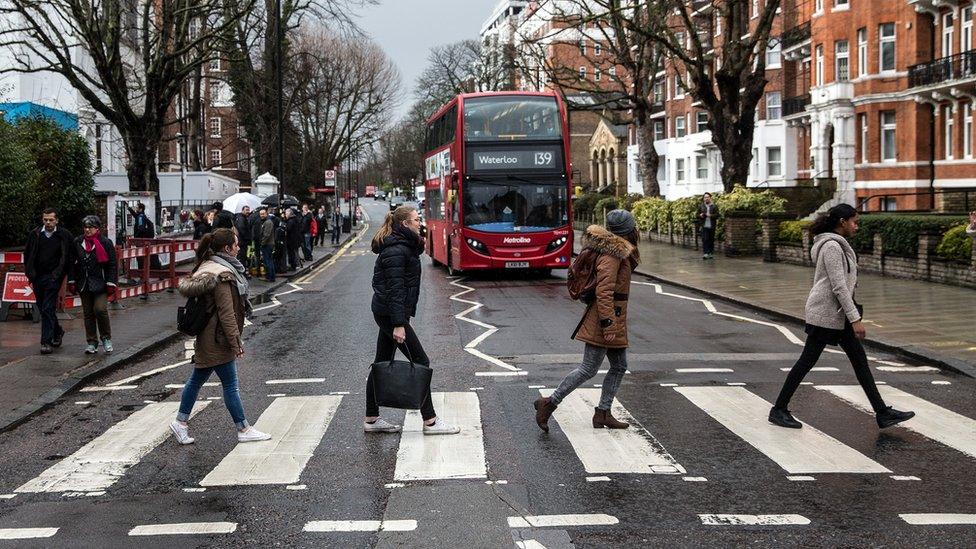
Beatles fans still flock to the most famous zebra crossing of them all - the one that adorned the cover of the Fab Four's Abbey Road album
The Road Research Laboratory was set up in the Langley area of the town in 1946, and was tasked with creating a pedestrian crossing with road markings that were visible in all conditions.
The "Slough Experiment" began, during which all kinds of ways of getting from one side of the road to the other were tested across the town, with laboratory boffins eventually settling on the zebra crossing.
The sad news for any road-crossing spotters out there is that the original, created in 1951, is no longer in existence as the area has since been pedestrianised.
Thunderbirds
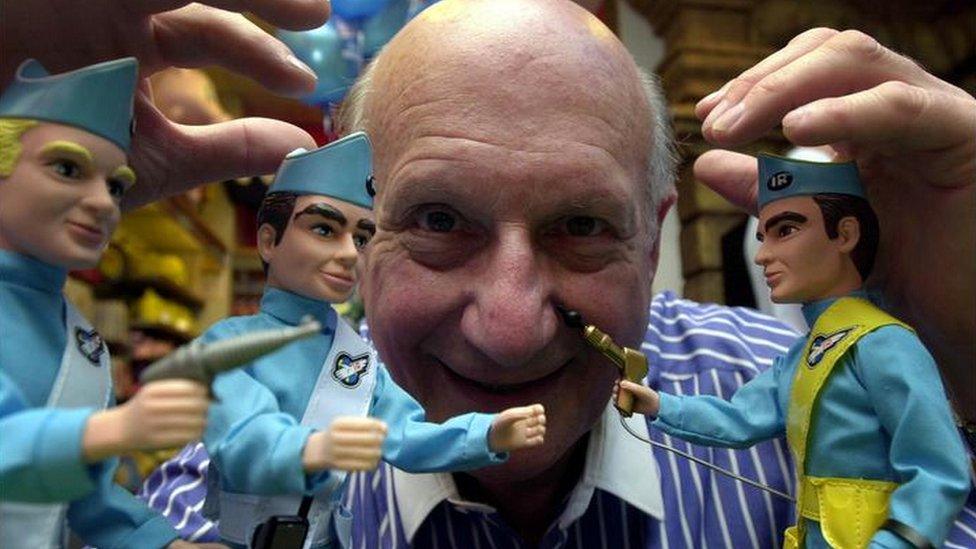
Gerry Anderson and his famous Thunderbirds puppets, who worked together in Slough in the 1960s
While the tropical island setting for Thunderbirds, boasting palm trees and blue seas, was clearly not inspired by the Berkshire town, the popular 1960s puppet programme was made on Slough Trading Estate.
Co-creator of the show, the television and film producer Gerry Anderson, moved to Slough in 1959, and his AP films company went on to make a series of other puppet-based children's programmes, including Captain Scarlet, Stingray, Supercar and Joe 90.
The wheelie bin
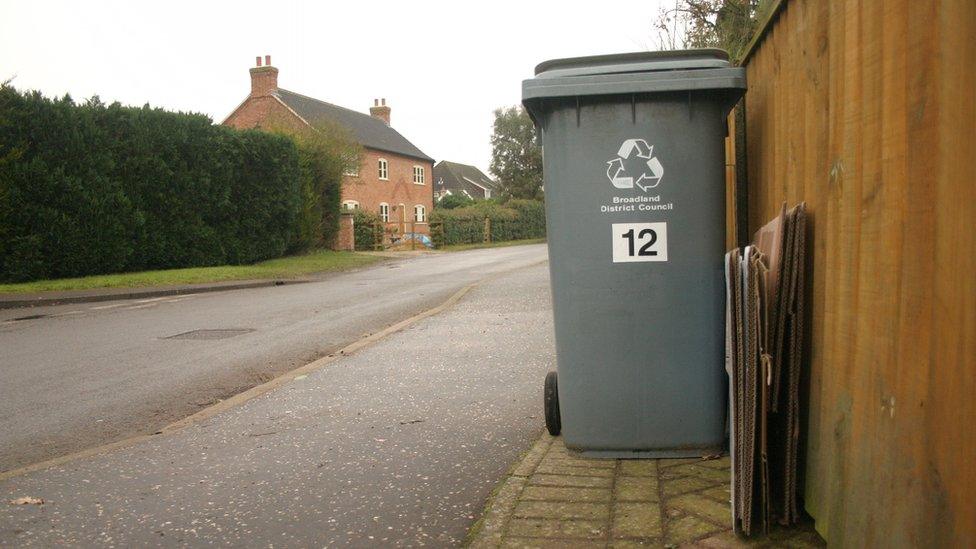
The wheelie bin as we know it was not mass produced until the 1980s
According to Biffa, the UK's leading waste management company, the wheelie bin was invented in Slough by a moulding company in 1968 to move waste around its factory.
The story goes that a health inspector from Slough Borough Council spotted the bins and recognised that one of the features of their design was the ability to prevent back injury.
He supposedly passed the idea on, but it sat in a filing cabinet for 20 years until wheelie bins - ahem - started being rolled out across the country in the 1980s.
The first female scientist to be paid

Caroline Herschel was awarded an annual salary of £50 by King George III
The pioneering astronomer Caroline Herschel moved to Slough in 1786, having been born in Germany 36 years previously.
In a distinguished career, Herschel discovered eight comets, rediscovered another and assembled a catalogue of 560 previously unrecorded stars.
She was also the first woman to be paid for her contribution to science. Herschel was awarded an annual salary of £50 by King George III in 1796 for her role as assistant to her brother, who by then had become Sir William Herschel.
The Ford GT40

From Slough to Utah: BBC's Top Gear show put the GT40 to the test in the USA earlier this year
Famous for winning the Le Mans 24-hour race four times in a row between 1966 and 1969, the Ford GT40 is one of the most iconic racing cars.
The GT40 was developed and assembled in humble Slough, on the town's trading estate, on its way to motorsport immortality.
Slough was also the base for the McLaren racing team from 1965, and Sir Stirling Moss started his racing career here, driving (completely illegally) around the town's housing estates.
Pioneering politicians

According to the last Census, Slough is one of the most multicultural places in the UK
Slough has the honour of having had both the first black female mayor in the country, and the first turban-wearing Sikh MP.
Lydia Simmons moved to Slough at the age of 17 from Montserrat in the Caribbean, and served as a councillor before becoming mayor in 1984.
Tanmanjeet Singh "Tan" Dhesi broke similar political ground, having been elected at the 2017 general election as the Labour MP for Slough.

You might also be interested in:
Correction, 14 September 2018: This story originally stated, erroneously, that Torvill and Dean created their famous ice dance routine, the Bolero, at Slough Ice Arena.
- Published27 August 2018

- Published10 April 2018

- Published27 February 2017
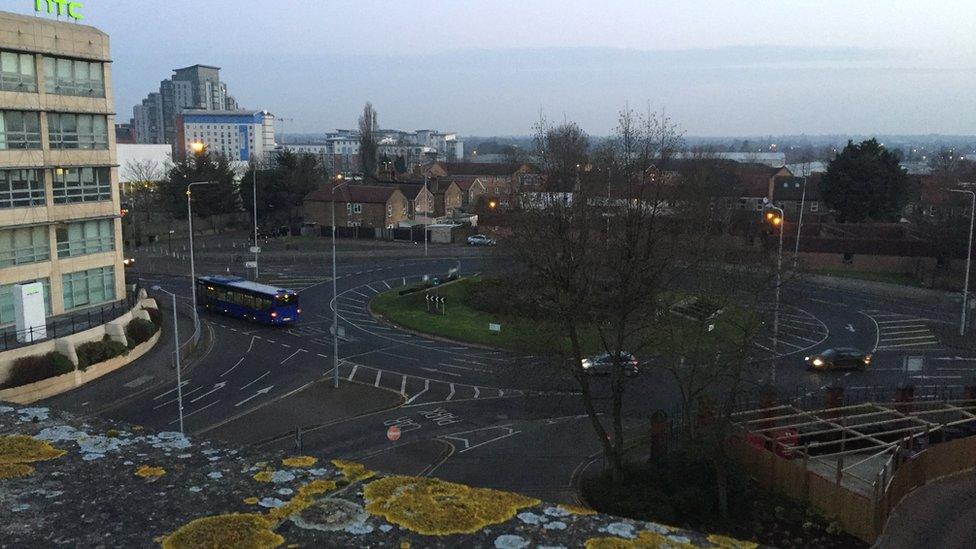
- Published30 July 2015
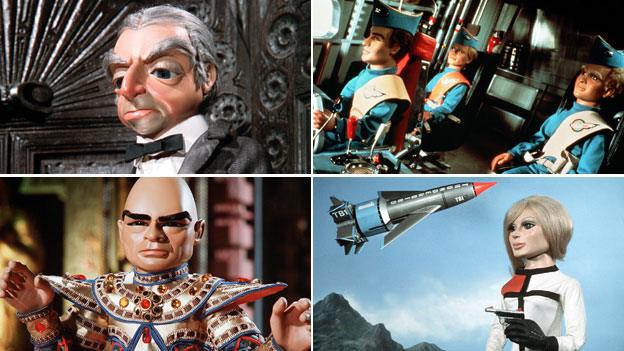
- Published16 March 2016
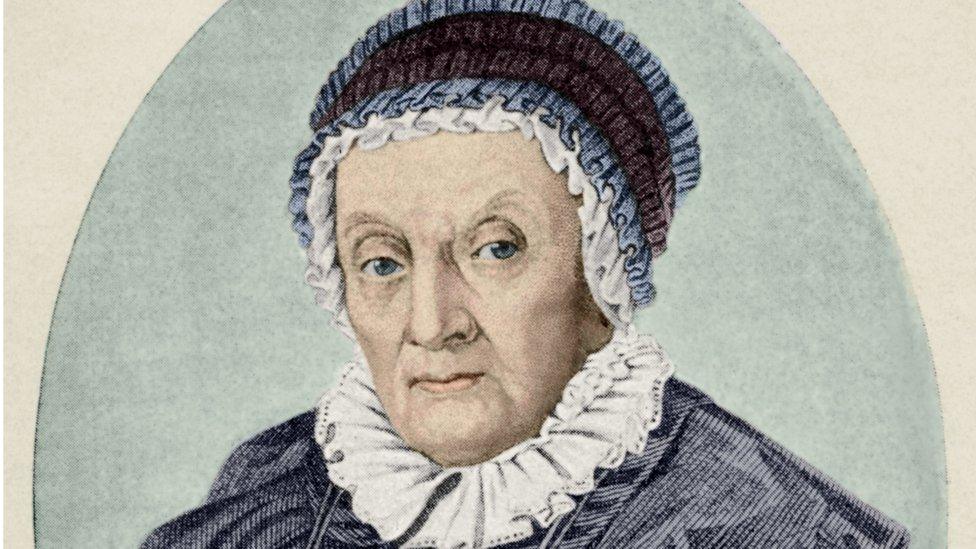
- Published6 September 2012
